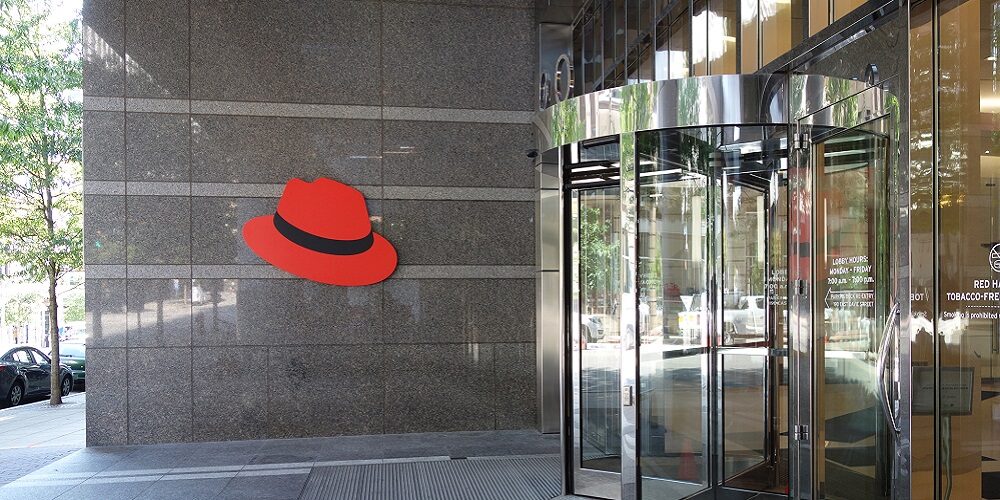Red Hat is releasing Red Hat Enterprise Linux (RHEL) 9.1, the latest version of the company’s enterprise Linux platform that adds and refines capabilities for a wide range of enterprise IT needs, including streamlining complex infrastructure environments and improving the security of containerized applications.
The release comes less than week after the company released RHEL 8.7, and both are designed with IT system security and the hybrid cloud in mind. The company says each version comes with operating system images that are pre-configured to meet organization-specific system security needs.
The Raleigh, N.C.-based firm says both RHEL 8.7 and 9.1 enable security compliance profiles in image builder blueprint files, allowing IT to specify an OpenSCAP security profile when extending RHEL deployments with image builder to deliver operating system images that meet security and compliance requirements from installation.
According to Red Hat, the new versions also extend multi-level security support for agencies or other sensitive organizations to better document and control classification needs. Admins can also use new attestation technologies to verify that their operating system is booting with validated, unmodified components.
Red Hat Insights can now scan RHEL systems for the presence of known vulnerabilities or malicious code with a new malware detection capability, and Sigstore technology is now incorporated into RHEL’s native container tools as a technical preview to help users sign and verify code signatures using local keys, the company says.
The company says updated Red Hat Enterprise Linux system roles in both versions make it easier to automate and standardize manual tasks for RHEL deployments across they hybrid cloud, and new features such as automation support via Ansible and Redfish help IT better manage underlying hardware and more.
Available in RHEL 9.1 is PHP 8.1, an update of the PHP language as a certified, validated and supported Application Stream that enables enterprise developers to deliver new applications without risking stability.
RHEL 8.7 and 9.1 also include new tools and capabilities designed to help drive reliability and stability that IT departments need for hybrid cloud computing, including support for Extended Update Support (EUS) releases via Convert2RHEL and Leapp in-place upgrades to help IT operations teams plan and migrate in a consistent and standardized way to the latest versions of RHEL across the hybrid cloud.
The new RHEL versions also feature containerized application performance diagnostics via the RHEL web console to help users understand where a hardware bottleneck exists and what is consuming the most resources, even if those processes exist in a container.
RHEL 8.7 and 9.1 also include support for embedding containers, including UBI, into image builder blueprints to help IT teams create operating system images that embed a container image pulled from the associated container registry. This allows for containerized applications or processes to be used immediately upon booting up the image, the company says.
Existing Red Hat Enterprise Linux subscriptions can access Red Hat Enterprise Linux 9.1 and 8.7 via the Red Hat Customer Portal.
Gunnar Hellekson, vice president and general manager of Red Hat Enterprise Linux, says enterprise IT is becoming more complex as it expands to encompass traditional hardware, multiple public cloud environments and edge devices.
“The latest versions of Red Hat Enterprise Linux continue our commitment to making hybrid cloud computing more than just accessible, but successful at the scale of global business by pairing reliability and stability with features designed for innovation and flexibility,” Hellekson says.
If you enjoyed this article and want to receive more valuable industry content like this, click here to sign up for our digital newsletters!










Leave a Reply